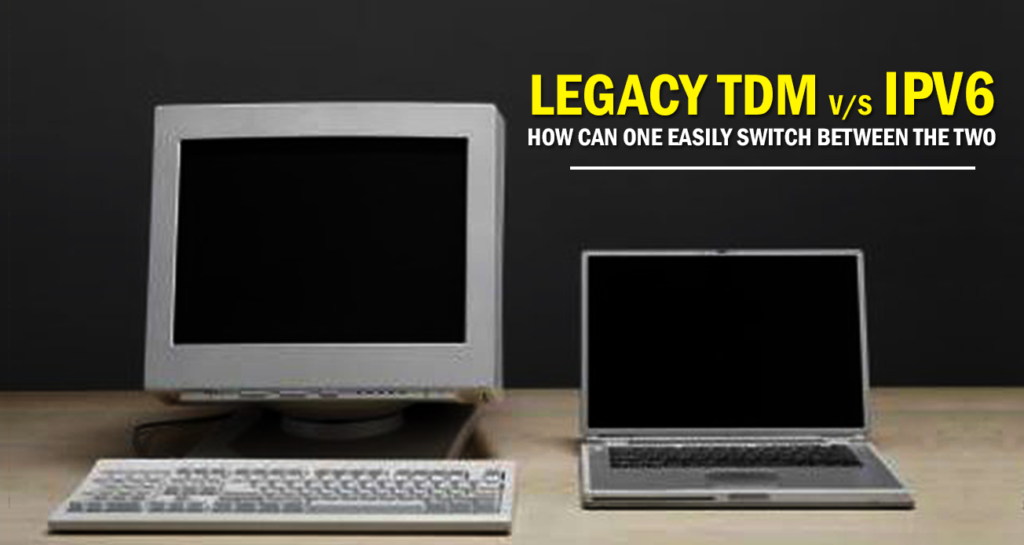Time-division multiplexing (TDM) is a method of transmitting and receiving independent signals over a common signal path by means of synchronized switches at each end of the transmission line so that each signal appears on the line only a fraction of time in an alternating pattern. It is used when the bit rate of the transmission medium exceeds that of the signal to be transmitted. This form of signal multiplexing was developed in telecommunications for telegraphy systems in the late 19th century, but found its most common application in digital telephony in the second half of the 20th century.
Time-division multiplexing is used primarily for digital signals, but may be applied in analog multiplexing in which two or more signals or bit streams are transferred appearing simultaneously as sub-channels in one communication channel, but are physically taking turns on the channel. The time domain is divided into several recurrent time slots of fixed length, one for each sub-channel. A sample byte or data block of sub-channel 1 is transmitted during time slot 1, sub-channel 2 during time slot 2, etc. One TDM frame consists of one time slot per sub-channel plus a synchronization channel and sometimes error correction channel before the synchronization. After the last sub-channel, error correction, and synchronization, the cycle starts all over again with a new frame, starting with the second sample, byte or data block from sub-channel 1, etc.
Internet Protocol version 6 (IPv6) is the most recent version of the Internet Protocol (IP), the communications protocol that provides an identification and location system for computers on networks and routes traffic across the Internet. IPv6 was developed by the Internet Engineering Task Force (IETF) to deal with the long-anticipated problem of IPv4 address exhaustion. Every device on the Internet is assigned a unique IP address for identification and location definition.
IPv6 provides other technical benefits in addition to a larger addressing space. In particular, it permits hierarchical address allocation methods that facilitate route aggregation across the Internet, and thus limit the expansion of routing tables. The use of multicast addressing is expanded and simplified, and provides additional optimization for the delivery of services. Device mobility, security, and configuration aspects have been considered in the design of the protocol.
In addition to offering more addresses, IPv6 also implements features not present in IPv4. It simplifies aspects of address assignment (stateless address auto configuration), network renumbering, and router announcements when changing network connectivity providers. It simplifies processing of packets in routers by placing the responsibility for packet fragmentation into the end points. The IPv6 subnet size is standardized by fixing the size of the host identifier portion of an address to 64 bits to facilitate an automatic mechanism for forming the host identifier from link layer addressing information (MAC address). Network security was a design requirement of the IPv6 architecture, and included the original specification of IPsec.
Conceptually, when applying a layered functional approach, the network is dissolved into horizontal slices, one for each functional area. Note that these slices also comprise functionality in customer premises equipment/networks.
Layering opens up for stratification. Stratification means that different technologies with almost the same function in the network can be layered on top of each other.
Stratification is commonly used in networks employing ATM in the packet backbone, for transport of TDM, IP and frame relay network services. In fact one network makes up the infrastructure for one or more other networks. Stratification helps to ease the maneuvering of both network parties even though both network elements are of different packets.
In recent times, the use of legacy TDM is becoming stale due to cost, complexity, technical know-how, rigidity and immobility amongst others. Why use a system that cost so much and is technically complex when you can easily switch to an IPv6 that provides better services, it is very mobile and radically easy to maintain.
The ELCOM’s IP-PBX solution profounder of ip@Core®is a soft switch application with built-in legacy network. There are times when one cannot do away completely with the legacy network, but also requires modern IP technology. ELCOM’ IP-PBX, ip@Core®is just the right answer. It supports all legacy interfaces including GSM, and easily supports modern IP network. So, whether you want to use a legacy TDM network or the modern IP network, think ELCOM, think ip@Core®.


Leave a Reply